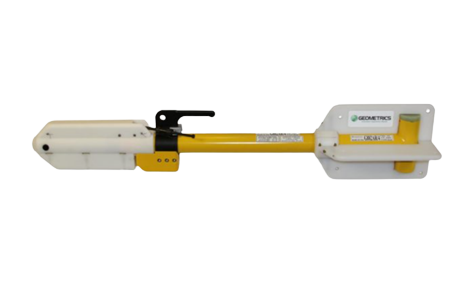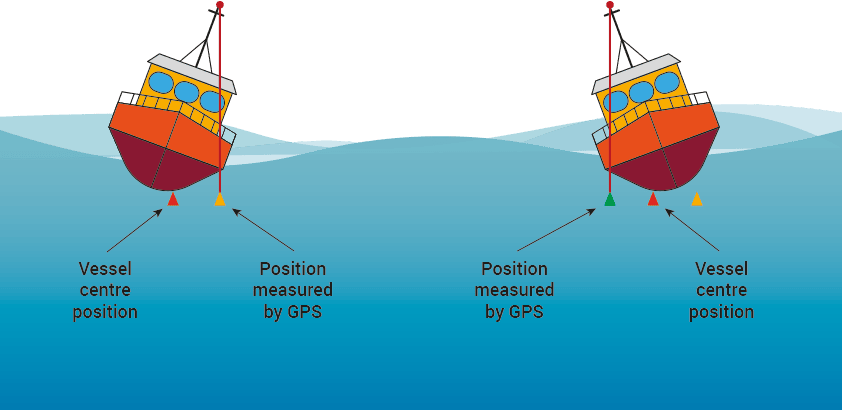
Pre-boarding vessel checklist. Consider these steps:
Check trade Documents: Ensure that you have all the necessary travel documents, including your passport, visa (if required), identification, and any other relevant permits.
Pack essential items: Pack your personal belongings, clothing, medications, toiletries, and any other items you might need during your time on the vessel.
Verify route and schedule: Twice-check the vessel's route, time of departure, and any connecting transportation you might need to take to reach the port, if you transport alone, without agent.
Health and safety: Consider your health and safety. If you have any medical conditions or require specific medications, ensure you have an ample supply for the duration of your voyage.
Money and payments: You must have sufficient local currency or payment methods that might be accepted on the vessel. On some vessels might have limited options of payment.
Familiarize with vessel policies: Read and understand the vessel's rules and regulations, as well as any safety guidelines provided to you. This might include information about emergency procedures, evacuation routes, and onboard activities.
Communication: Ensure you have a way to communicate with the vessel's crew and staff if needed, in case you got lost going into town. This might involve getting a contact number or information about onboard communication systems.
Pack accordingly: Consider the weather conditions and the activities which you'll be engaging in during your time on the vessel. Pack appropriate clothing, footwear and accessories.
There is a global federation of trade unions representing the interests of transport workers, including seafarers. The ITF sets certain standards and requirements to ensure the welfare and rights of seafarers. These requirements are often related to working conditions, wages, safety and other aspects of life at sea. Wages and contracts: The ITF works to ensure that seafarers are paid fair wages and that their employment contracts are in compliance with international labor standards. This includes provisions for appropriate rest periods, working hours, and leave entitlements.
Repatriation: Seafarers have the right to be repatriated to their home countries at the end of their contracts. The ITF ensures that this right is upheld and that seafarers are not left stranded in foreign ports.
Crisis Response: The ITF assists seafarers in cases of emergencies, disputes, or unexpected events that might affect their work or well-being.
ITF advice on your contract to work at sea.
The best guarantee of proper conditions of employment at sea is only to sign a contract (Seafarers’ Employment Agreement (SEA)) drawn up in accordance with an ITF-approved collective agreement. Failing that, here is a checklist to follow.
- Do not start work on a ship without having a written contract. It is a requirement of the Maritime Labour Convention (MLC) that you can review the contract before signing and seek advice if you want
- Never sign a blank contract, or a contract that binds you to any terms and conditions that are not specified or that you are not familiar with
- Make sure that the duration of the contract is clearly stated. Do not sign a contract that allows for alterations to be made to the contractual period at the sole discretion of the shipowner. Any change to the agreed duration of the contract should be by mutual consent
- Make sure that the contract clearly stipulates how overtime will be paid and at what rate. There could be a flat hourly rate payable for all hours worked in excess of the basic. Or there may be a monthly fixed amount for a guaranteed number of overtime hours, in which case the rate for any hours worked beyond the guaranteed overtime should be clearly stated. The ILO states that all overtime hours should be paid at a minimum of 1.25 x the normal hourly rate
- Make certain that the payments for basic wages, overtime and leave are clearly and separately itemised in the contract
- Check that your contract states that you are entitled to the costs of your repatriation. Never sign a contract that contains any clause stating you are responsible for paying any portion of joining or repatriation expenses
- Do not sign a contract that allows the shipowner to withhold or retain any portion of your wages during the period of the contract. You should be entitled to full payment of wages earned at the end of each calendar month
Be aware that an individual employment contract will not always include details of additional benefits. Therefore, try to obtain confirmation (preferably in the form of a written agreement or contractual entitlement) of what compensation will be payable in the event of:
- sickness or injury during the contractual period
- death (amount payable to the next of kin)
- loss of the vessel
- loss of personal effects resulting from the loss of the vessel
- premature termination of the contract.
- Do not sign a contract that contains any clause that restricts your right to join, contact, consult with or be represented by a trade union of your choice
- Ensure that you are given and retain a copy of the contract you have signed. Check the conditions for terminating your contract, including how much notice the shipowner must give you to terminate your contract
- Remember, whatever the terms and conditions, any agreement that you enter into voluntarily would, in most jurisdictions, be considered legally binding. Seafarers' rights and working conditions are complex topics that are subject to various national and international regulations.






























